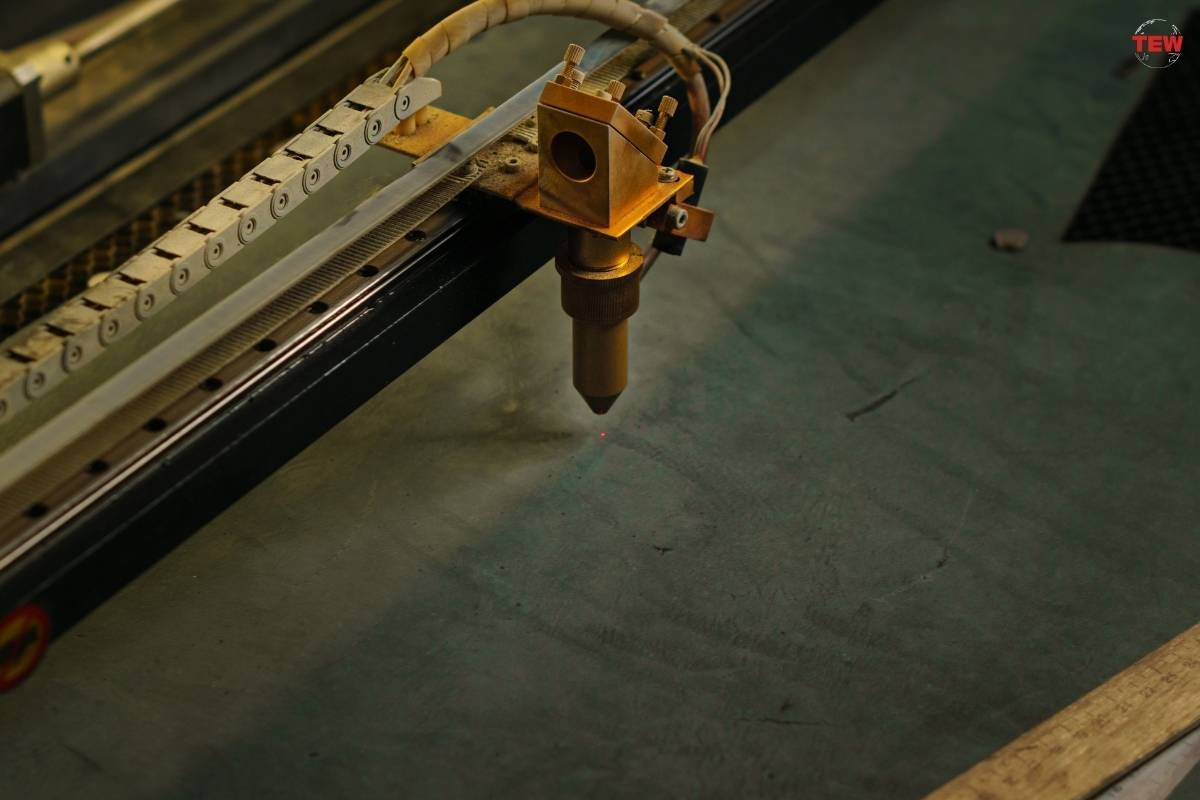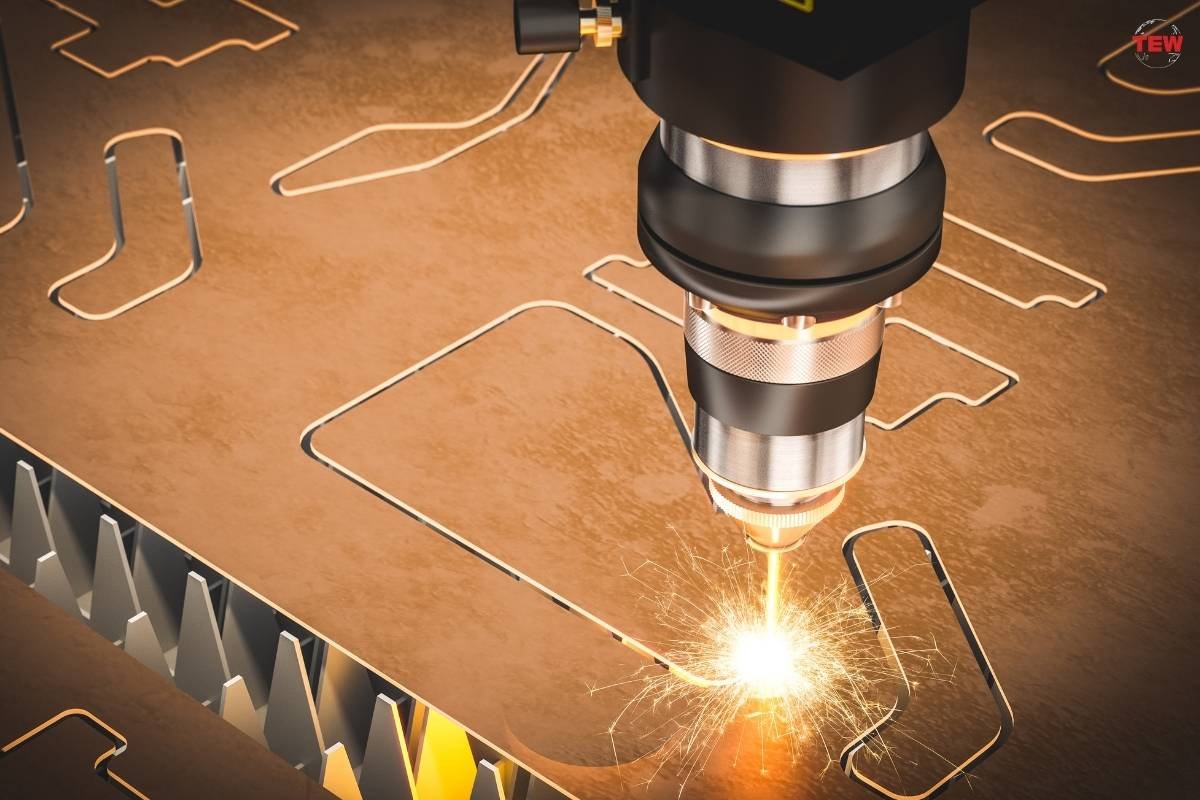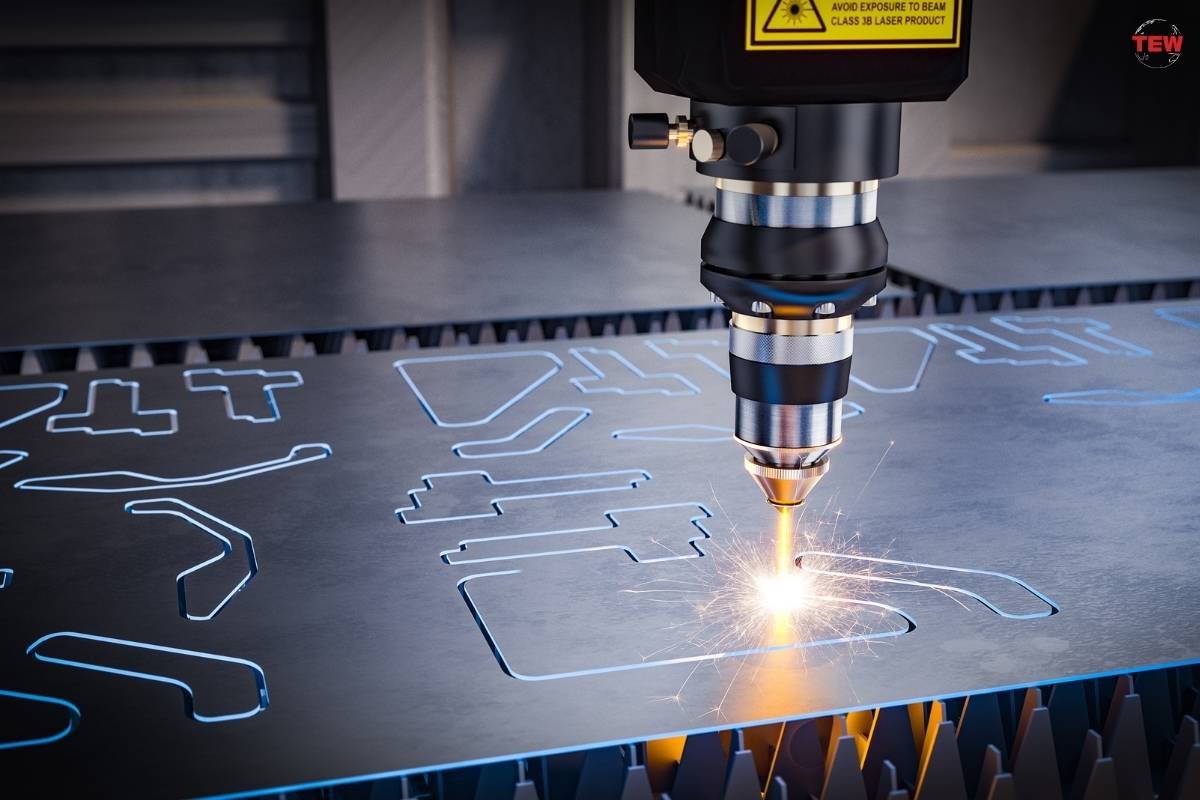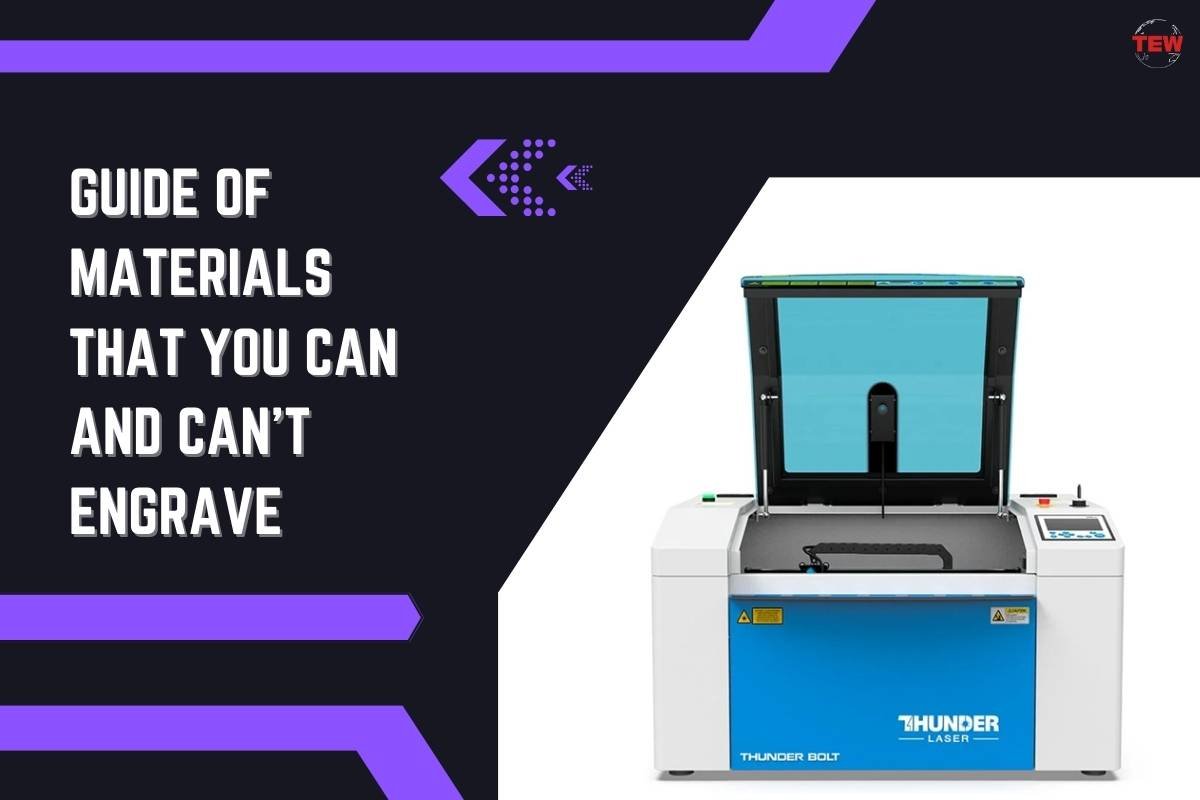Are you wondering how a laser engraving machine can help you? A laser engraving machine can be a versatile tool to help you follow your passion. You can use it to engrave various materials and sell them as personalised items.
However, with so many materials available, it can be confusing. We prepared a guide of materials that you can and can’t engrave using a laser engraving machine.
Materials Ideal For Laser Engraving:
Let’s understand the materials that are compatible with laser engraving machines.
Wood
Wood is a popular material for many laser engraving machine users. Whether you use light wood like Balsa or a beautiful colour like Cedar, engraving wood is a wonderful experience.
Acrylic
This is a widely used material for laser engraving, also known as plexiglass. It works very well for laser engraving and is also suitable for cutting, providing a smooth finish.
Glass
You can engrave a beautiful design on glass for gifts or mirrors. Glass is the perfect material for personalised items or accent pieces in your home.
Leather

If you are passionate about creating souvenirs or personalised gift items, leather is perfect. It comes in many types and finishes, so you can choose to suit your liking. It gives a beautiful rustic appeal.
Anodized Aluminium
Anodized aluminium is perfect if you are looking for a long-lasting engraving material. Due to its durable coating, anodized aluminium is ideal for laser engraving. The laser can precisely remove this coating to reveal the metal beneath, resulting in high-contrast marking.
Stone, Marble, Slate
These come in many textures and colours, perfect for natural aesthetic lovers. A laser engraving machine creates natural-looking textures, giving engravings a timeless aesthetic.
Materials to Approach with Caution:
While working with some material, you should approach it with caution. These are as follows:
Coated/Painted Metals
Coated and painted metals are engravable, but researching the specific coating is important to avoid harmful fumes. With proper care, these materials offer control for laser engraving.
Certain Plastics
Certain plastics are suitable for laser engraving. However, others can emit toxic fumes when heated. Verifying material specifications before engraving is beneficial to ensure safety.
Materials to Avoid:

Some materials are not compatible with laser engraving. These are as follows:
PVC (Vinyl)
PVC (Vinyl) emits chlorine gas when lasered. This poses severe health risks to the user and the laser engraving equipment.
Polycarbonate
Polycarbonate can melt and ignite under laser heat. This presents a significant fire hazard during laser engraving.
Carbon Fibre
Carbon fibre releases hazardous dust particles when cut or engraved, posing severe health risks to users.
Materials with Mirrors and Reflective Surfaces

Materials with mirrors or reflective surfaces may cause the laser beam to reflect. This can potentially lead to damage or injury.
Important Considerations:
It is always advisable to carefully read your safety manual for laser engraving machines. Before you work with any material, you should research and understand its compatibility. Also, proper ventilation is important to avoid fires or explosions in the laser machines.
In conclusion, this guide has provided a starting point in your laser engraving journey. However, discovering fun new materials is always a joyful experience. We urge you to start this journey of creativity with safety in mind. Always wear safety glasses, fire up your laser, and let your imagination take over. Happy engraving, folks!




